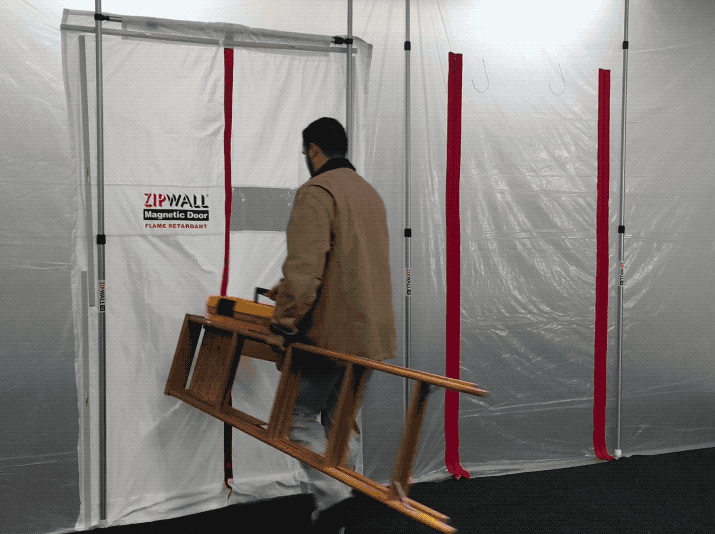
Engineering360 – IEEE – The Importance of Containment in Soda Blasting Jun 2018
IEEE Global Specs mentions ZipWall® barriers as a type of containment enclosures for portable blasting. Excerpts:
“Abrasive blasting is a widely used method for removing surface contaminants, encompassing a variety of abrasive blast media — from highly abrasive (e.g., garnet) to moderately abrasive (e.g., crushed glass) to mildly abrasive (e.g., baking soda). Because all types of blasting involve forcibly propelling media under high pressure against whatever surface (substrate) is being cleaned, all types of blasting create some level of airborne particulate dust — and, as a result, the need for some level of containment during the blasting process.”
“The most important consideration with regard to particulate dust is its level of toxicity, which depends upon three interdependent factors: the substrate being blasted, the contaminants being removed and the type of blast media used. Substrates such as concrete and sandstone masonry, for instance, are partially comprised of toxic materials; the more abrasive the blast media, the more toxic substrate is forced into the air in the form of dust during blasting. The same holds true for the toxic contaminants being removed, such as paint chips and many types of coatings.”
“Portable blasting: Portable blasting is made possible by a piece of equipment known as a blast pot … enclosures such as vinyl tarps, heat-shrinkable plastic sheets, reusable fabric ZipWall® products and others can be built around the work area to provide containment.”
Read the full article on insights.globalspec.com.






